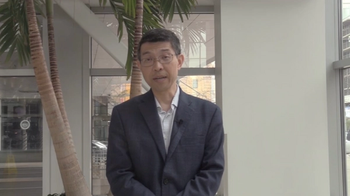
The study's primary endpoints were to look at increasing Schirmer's scores, as well as eye discomfort score.

The study's primary endpoints were to look at increasing Schirmer's scores, as well as eye discomfort score.
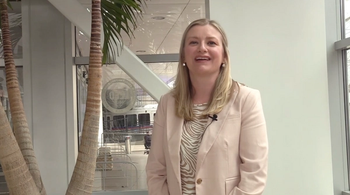
Catching up after ASCRS 2022, Ora's Caitlin Black, senior director and therapeutic area head of medical devices, talks about the next generation of ophthalmic device therapies and diagnostics, clinical trial updates and new innovations that are most exciting for presbyopia treatment.

Why low-lying lids can affect much more than patients' visual field, with implications for visual quality and their self-esteem.

The company's VialConnect is an intuitive clinical trials management platform built for coordinators and investigators.
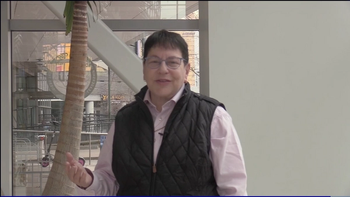
Penny Asbell, MD, FACS, MBA, discusses “Antibiotic Resistance among Ocular Staphylococcal Pathogens: Longitudinal Trends in the ARMOR Study."
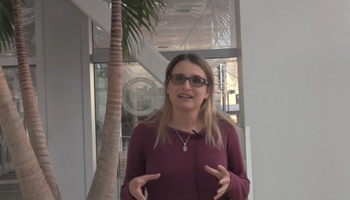
Takeaway: there doesn't seem to be a specific dry eye phenotype that does better or worse.

The companies will collaborate to commercialize therapeutic option in Greater China, South Korea and Select Southeast Asian Markets for the treatment of presbyopia, expanding access to long-acting, presbyopia-correcting eye drops for approximately 600 million patients.

The research, conducted by Boston Medical Center and Stanford University School of Medicine, found that most of the mistreatment came from patients and visitors.
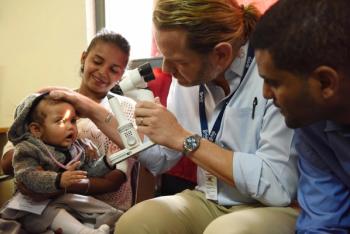
The 10-week Flying Eye Hospital program will offer courses focusing on advanced glaucoma and simulation lectures for residents.
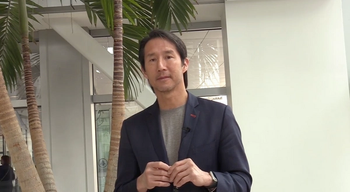
The OpRegen trial is a cell therapy trial, looking to explore potential safety and efficacy for patients with advanced dry age-related macular degeneration (AMD).

Ophthalmologists, optometrists gain nonpharmacological treatment options for some of the eye’s most complex issues, providing better outcomes.
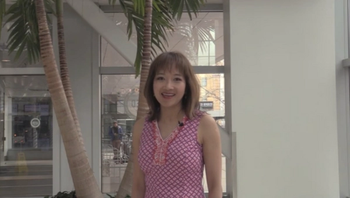
Diana Do, MD, professor of ophthalmology at Stanford's Byers Eye Institute, presents research on a newly developed, novel patient-reported outcome instrument (PRO) for patients who have proliferative diabetic retinopathy and who are undergoing treatment with either intravitreal anti-VEGF therapy, or panretinal photocoagulation.
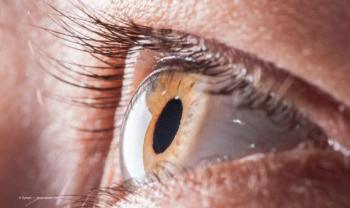
According to the company, the trial did not demonstrate efficacy on the key clinical endpoints and will not advance THR-687 to Part B of the trial. As a result, Oxurion will now shift its focus to the Phase 2 development program for THR-149, which recently demonstrated a compelling safety and efficacy profile for the treatment of patients with DME.
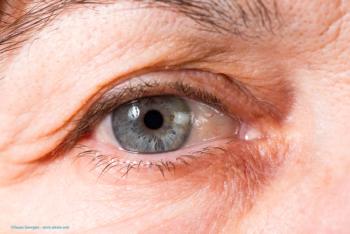
The cataract surgery process continues to become more refined.
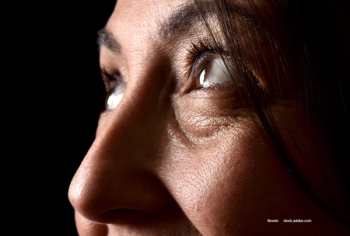
Learn about a novel procedure using a template prosthesis to facilitate intraoperative adjustment during external levator resection ptosis repair.

Aurion noted that its first candidate is a cell therapy for the treatment of corneal edema secondary to endothelial dysfunction.

A second FDA indication for the treatment of allergic conjunctivitis proves promising for patient relief.

Bath was recognized as the first Black woman physician to receive a medical patent, as well as the first woman to lead a post-graduate training program in ophthalmology. She joins four other inventors as the most recent inductees into the Hall.
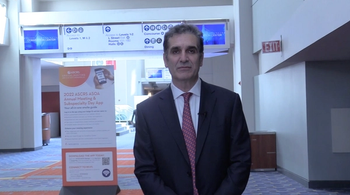
Alex Dastgheib, MD, ABO, discusses the findings of the paper, "325 Cases of Phacoemulsification in Blind Cataracts," presented at the 2022 ASCRS conference in Washington, DC. The paper won the Challenging Cases session during the meeting.

Newer generation formulas generally outperformed older generation formulas, with SRK/T performing the best of older formulas, especially when using TK values.

Lens thickness and anterior chamber duct values obtained by Lenstar can be improved by SpikeFinder to reduce errors in measurements.

The grant, awarded by the National Institute of General Medical Sciences, a program of the NIH, will help West Virginia University investigators develop innovative ways to prevent, treat and slow the progression of vision problems that are currently incurable.

Variable TULP1 missense mutations in inherited retinal diseases.

Jennifer I. Lim, MD, FARVO, FASRS, reviews the 2-year results of the YOSEMITE and RHINE trials, outlining the efficacy, durability, and safety of faricimab in diabetic macular edema.
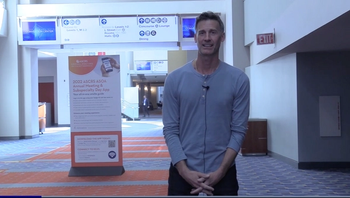
Jonathan Solomon, MD, shares his personal experience using the Beyeonics One exoscope, highlighting what makes this tool stand out.
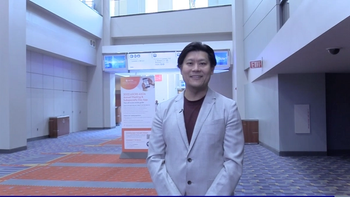
Edward Hu, MD, PhD, looked at 812 toric IOLs utilized of various platforms, concluding a low total toric rotation rate at 2.1%.

The study assesses and compares the accuracy of IOL formulas using keratometry (K) and total keratometry (TK) values obtained by a swept-source OCT biometer (IOL Master 700) in eyes with previous PKP prior to cataract surgery.

There is considerable variability in variables when measuring the eyes with both biometers, which may affect formula performance and postoperative refractive predictions when using formulas that utilize values like interior chamber depth and lens thickness.

In a poster presented at the Association for Research in Vision and Ophthalmology’s 2022 annual meeting in Denver, Eva Chamorro, PhD, MSc, points out that myopia control spectacle lenses affect the diurnal rhythms in the AL in young adult human and produced a small short-term increase in the AL that varies in intensity and time interval for each of the 3 studied lenses.

Christina Herrspiegel, MD, and colleagues from the Karolinska Institute and St. Erik Eye Hospital, Stockholm, Sweden, reported that they have developed a prognostic test, referred to as serUM, that they believe is a strong predictor of metastasis of uveal melanoma.